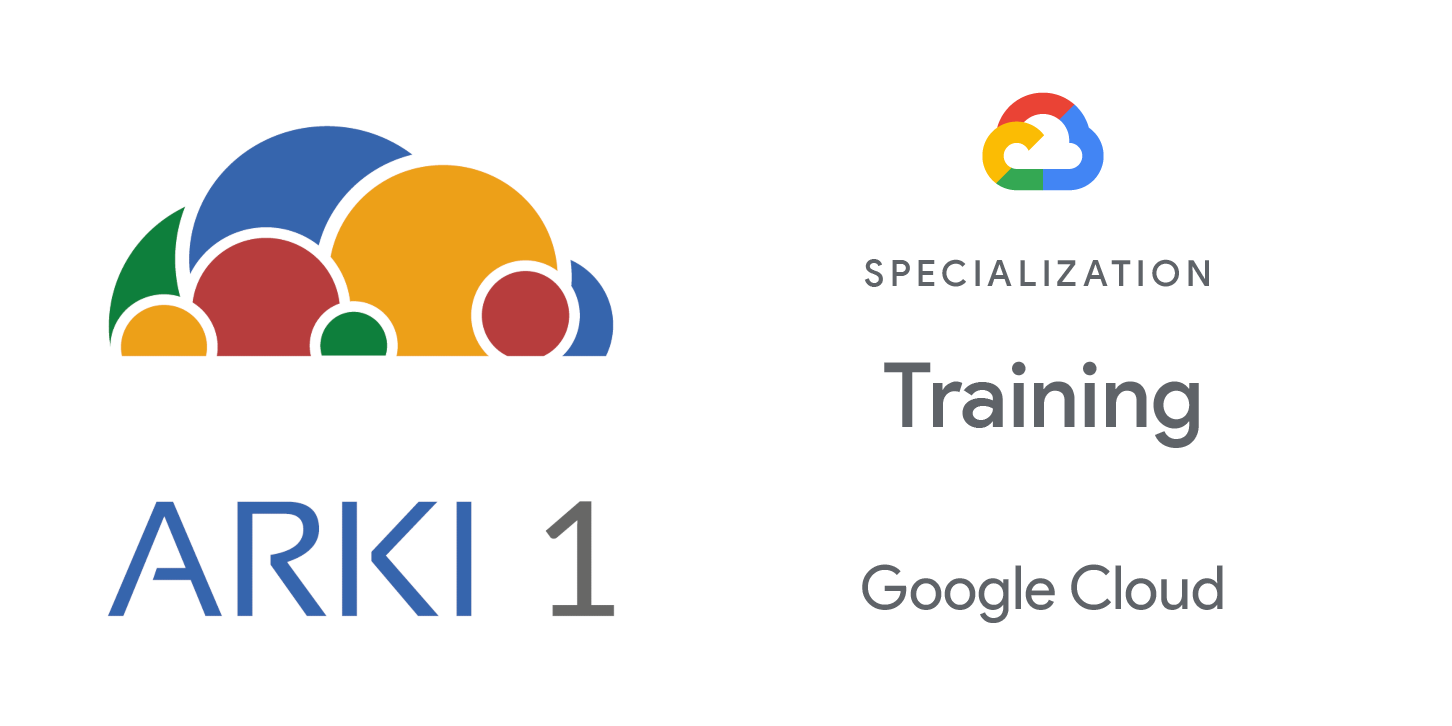Learn how to deploy and manage containerized applications on Google Kubernetes Engine (GKE). Learn how to use other tools on Google Cloud that interact with GKE deployments. This course features a combination of lectures, demos, and hands-on labs to help you explore and deploy solution elements—including infrastructure components like pods, containers, deployments, and services—along with networks and application services. You’ll also learn how to deploy practical solutions, including security and access management, resource management, and resource monitoring.
Objectives
This course teaches participants the following skills:
- Create and manage workloads in Google Kubernetes Engine.
- Explain how pod networking works in Google Kubernetes Engine.
- Define and work with different Kubernetes storage abstractions.
- Describe and manage authentication, authorization, and security
in Google Kubernetes Engine. - Monitor applications running in Google Kubernetes Engine.
- Explore Google Cloud managed storage services options.
- Configure CI/CD pipelines for Google Kubernetes Engine.
Audience
This class is intended for the following participants:
- Cloud architects, administrators, and SysOps/DevOps personnel.
- Individuals using Google Cloud to create new solutions or to integrate existing systems, application environments, and infrastructure with Google Cloud.
Pre-requisites
To get the most out of this course, participants should have:
- Completed Google Cloud Fundamentals: Core Infrastructure or have equivalent experience.
- Basic proficiency with command-line tools and Linux operating system environments.
- Experience in system operations, including deploying and managing applications, either on-premises or in a public cloud environment.
Duration
Investment
Course outline
- Introduce the course goals and preview each section of the course.
- Define, configure, inspect, manage, and update Deployments.
- Define what Jobs and CronJobs are in GKE, and explore relevant use cases. Create
and run Jobs. - Explain how to scale clusters manually and automatically.
- Configure node and pod affinity.
Explore Kubernetes networking, including Pod and cluster networking.
Create services to expose to applications running within Pods.
Configure load balancers to expose services to external clients. Explore container-
native load balancing in GKE.Configure Google Kubernetes Engine networking.
• Define and work with Kubernetes storage abstractions.
• Run and maintain sets of pods using StatefulSets.
• Use ConfigMaps to decouple configuration from Pods.
• Manage and store sensitive access and authentication data.
• Configure persistent storage for Google Kubernetes Engine.
• Authentication and authorization
• Kubernetes role-based access control
• Workload Identity
• Kubernetes control plane security
• Pod security
• Identify the tools included in the Google Cloud Observability .
• Configure the Google Cloud operations suite to monitor and manage the
availability and performance.
• Inspect logs using the kubectl command.
• Inspect Kubernetes logs using Google Cloud Observability.
• Configure GKE-native Monitoring and Logging.
• Contrast managed storage services with self-managed storage.
• Identify use cases for Cloud Storage for Kubernetes applications.
• Compare the range of Google Cloud managed database services.
• Explore Cloud SQL Auth Proxy and how it connects to Cloud SQL from within GKE.
• Use Cloud SQL with Google Kubernetes Engine.
• Define continuous integration and continuous delivery and identify why it
is important.
• Examine CI/CD pipelines and how they can optimize app releases.
• Explore first-party and third-party CI/CD tools supported by Google Cloud.
• Explore Google’s best practices for a GKE CI/CD pipeline.
Review the main objectives from each section of the course.


